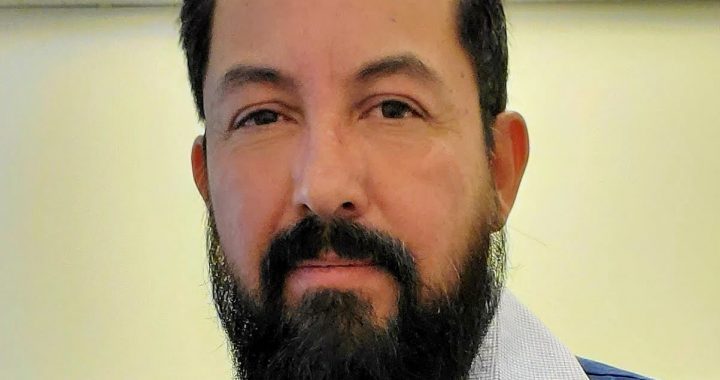This month’s At The Grill feature by William Torres (storyteller, empathetic connector and resonate catalyst) writes about the on-farm management skills that are valuable commodities in any industry.
Decades ago, I left our family’s ranch to venture on my own path in the military. Little did I know that agriculture and military service had a lot in common. The top three things I noticed after I returned to ag-life are:
- The public has no idea what we do.
- The government is always trying to take more money away from us.
- Activists are always trying to tell us how to do our job.
But what other similarities do agriculture and military service have? Well… I believe it is as much a national service to be in agriculture as to be in the military. A very small percentage of Canadians serve in the military (1.4%); those primarily involved in ag number just over 2%. Not to mention that veterans feel right at home working in a farm. Both sectors are mission-focused, require discipline, and are physically demanding.
If you think about it, these last items are just some of the skills that can translate anywhere. If you ever left the farm, any employer should gladly welcome them. Then there’s problem solving skills, because we all know you need to fix a never-ending number of problems on the ranch.
Another similarity is the early adoption of technology. Many farmers and ranchers utilize tools to aid in their everyday chores. Think about it, how many of you use apps to track things at the ranch? From calving data, feed deliveries, commodities trading, etc. Data management is crucial. Even now as we approach bull sale season again, many ranchers have already downloaded or ordered their bull sale catalogue. This is just the first step in data-crunching to make decisions for your outfit. Making sense of EPDs (see my take on this in February 2022’s At the Grill feature) is just data analyzing.
We all use data management skills daily, most times unaware of what we are doing. It doesn’t matter if you’re going over last year’s crop records, plotting them against the last 10 years, forecasting this year’s outcome based on new mixtures of fertilizers, perhaps a new seed type—all are examples of how we examine and use data on every level. On the cattle side, you might be closer to getting your licence as a commodities broker than you realize. Making sense of the beef market report, trading against the US dollar, locking in contracts, hedging your longs and shorts are no easy tasks. It takes some serious dedication and knowledge to stay alive in the markets.
We learn so many skills at the farm that we could use anywhere else. So why leave the farm when you could put all that knowledge to good use—or better yet, send your next generation of farmers and ranchers to master these skills at an institution, and bring them home to ensure your long-term sustainable operation plan has the tools to succeed.

